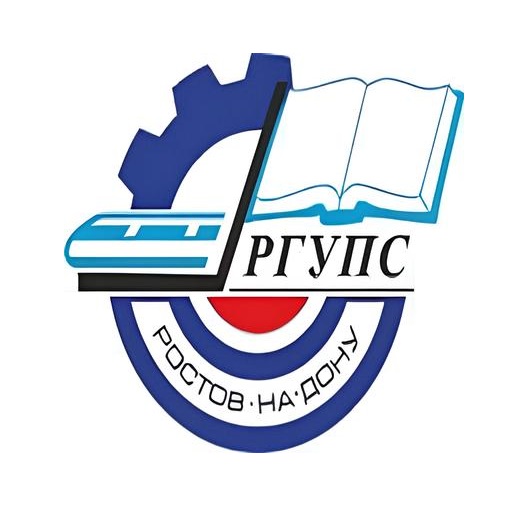Exploring Employees’ Perception of the Effectiveness of Public Employees’ Performance Management Information System: A Case of the Judiciary of Tanzania
Keywords:
Electronic Performance Management System, Information Systems, Performance Evaluation, PEPMISAbstract
An effective performance management system is a significant challenge in the public sector. The Government of Tanzania has been trying different methods to overcome this challenge. It recently introduced the Public Employees Performance Management Information System (PEPMIS). This study explored employees' perception of the effectiveness of this system using the Judiciary of Tanzania as a case. Expectancy theory was used in this study to explore employees’ expectations toward the effectiveness of the introduced Performance Management System in Tanzania. For that purpose, a case study design using a quantitative research approach was used. A sample of 142 respondents drawn from 219 staff from the Judiciary of Tanzania was used. Stratified sampling, simple random sampling, and purposive sampling were used to obtain different categories of respondents. The data collection methods were questionnaires. Data was analyzed using tabulation, frequency and percentage, which SPSS drove. It was revealed that employees of the Judiciary of Tanzania perceive PEPMIS to be effective. This perception was influenced by the perception that it was fair and accurate, it allowed for timely provision of feedback, employees considered themselves skilled enough to use the system, the clarity of the assessment procedure, its performance assessment was linked to the goals and targets, performance was linked to rewards, and training was provided. PEPMIS, being perceived as effective, is an opportunity for the government, policymakers, and all stakeholders involved to ensure adequate practice and rectify weaknesses to maintain the public sector's reputation. To conclude, PEPMIS has been shown to meet employees' expectations. Hence, we recommend continuous training for employees on performance management systems. Also, the government and public sector organisations must enact policies that will help enforce the system, including seeing to it that employees are less burdened by the requirement to fill their performance into the system daily.
Published
How to Cite
Issue
Section
Copyright (c) 2024 Beatrice Silidion Dominic, Mary Mohamed Rutenge

This work is licensed under a Creative Commons Attribution-NonCommercial 4.0 International License.
Most read articles by the same author(s)
- Grace Mtisho, Mary Mohamed Rutenge, The The Impact of Political Interference in Decision Making on The Performance of Local Government Authorities (LGAS) in Tanzania: Case of Temeke Municipal Council in Tanzania , African Journal of Empirical Research: Vol. 5 No. 4 (2024): Oct-Dec 2024
- Hasbon Lameck Mollel, Mary Mohamed Rutenge, Adoption and Use of Electronic Human Resources Management Systems for Service Delivery in Tanzania: A Case to Tanzania Airports Authority , African Journal of Empirical Research: Vol. 5 No. 4 (2024): Oct-Dec 2024
- Editha E. Kyebyala, Mary Mohamed Rutenge, Factors Affecting the Adoption of E-HRM Practices in Public Service Organizations in Tanzania: A Case Study of the Tanzania Judicial Service Commission Headquarters , African Journal of Empirical Research: Vol. 5 No. 4 (2024): Oct-Dec 2024
- Shirrin Aziz Nanji, Mary Mohamed Rutenge, The Level of Accessibility of e-Feedback System Technology among Citizens of Temeke Municipal Council in Dar es Salaam, Tanzania , African Journal of Empirical Research: Vol. 5 No. 4 (2024): Oct-Dec 2024
- Zaytuni I. Bunduki, Mary Mohamed Rutenge, Exploring the Practice of Training Needs Assessment towards Improving Quality Public Service Delivery: A Case of Tanzania Port Authority , African Journal of Empirical Research: Vol. 5 No. 4 (2024): Oct-Dec 2024
- Nipael Hans, Mary Mohamed Rutenge, Evaluation of the Opportunities Presented by the Adoption of E-Government in Enhancing Local Government Authority Performance at Kinondoni Municipal Council in Tanzania , African Journal of Empirical Research: Vol. 5 No. 4 (2024): Oct-Dec 2024























